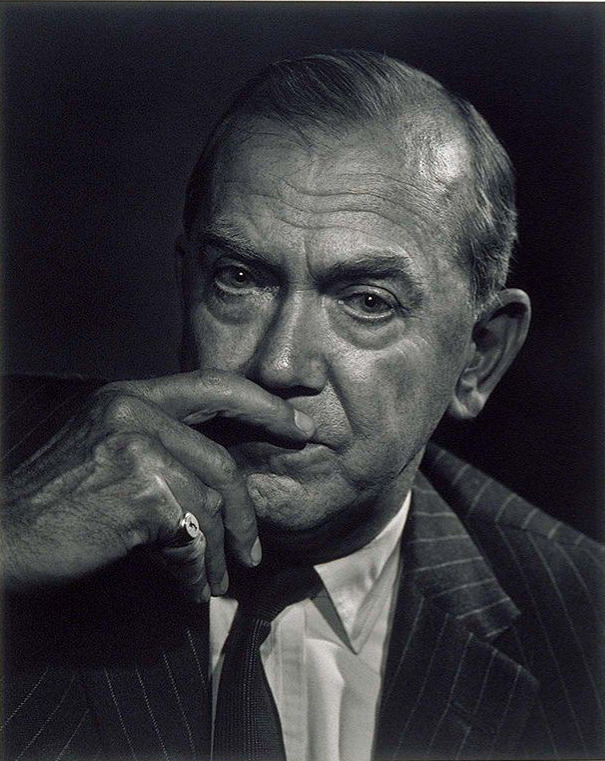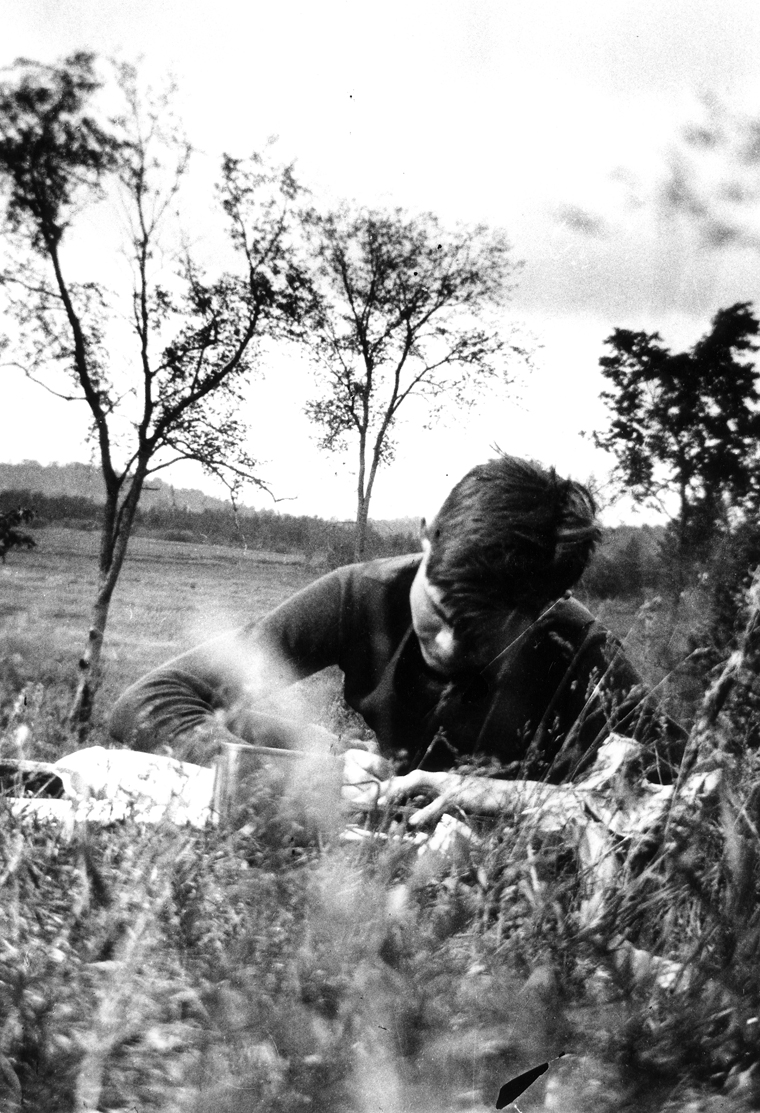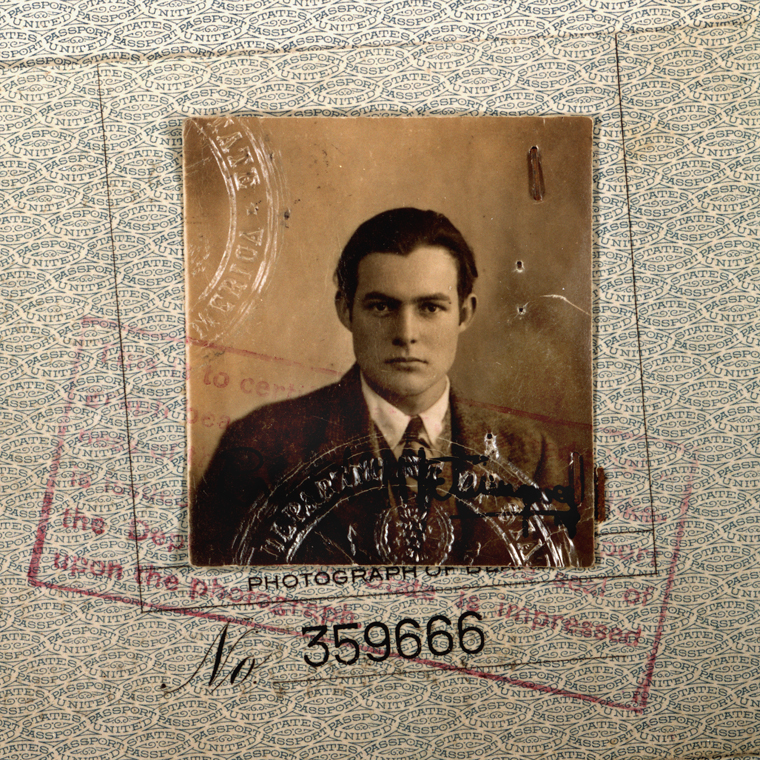Elmore Leonard interviewed by James Parker of The Atlantic.
Writers
Graham Greene by Yousuf Karsh
Joyce
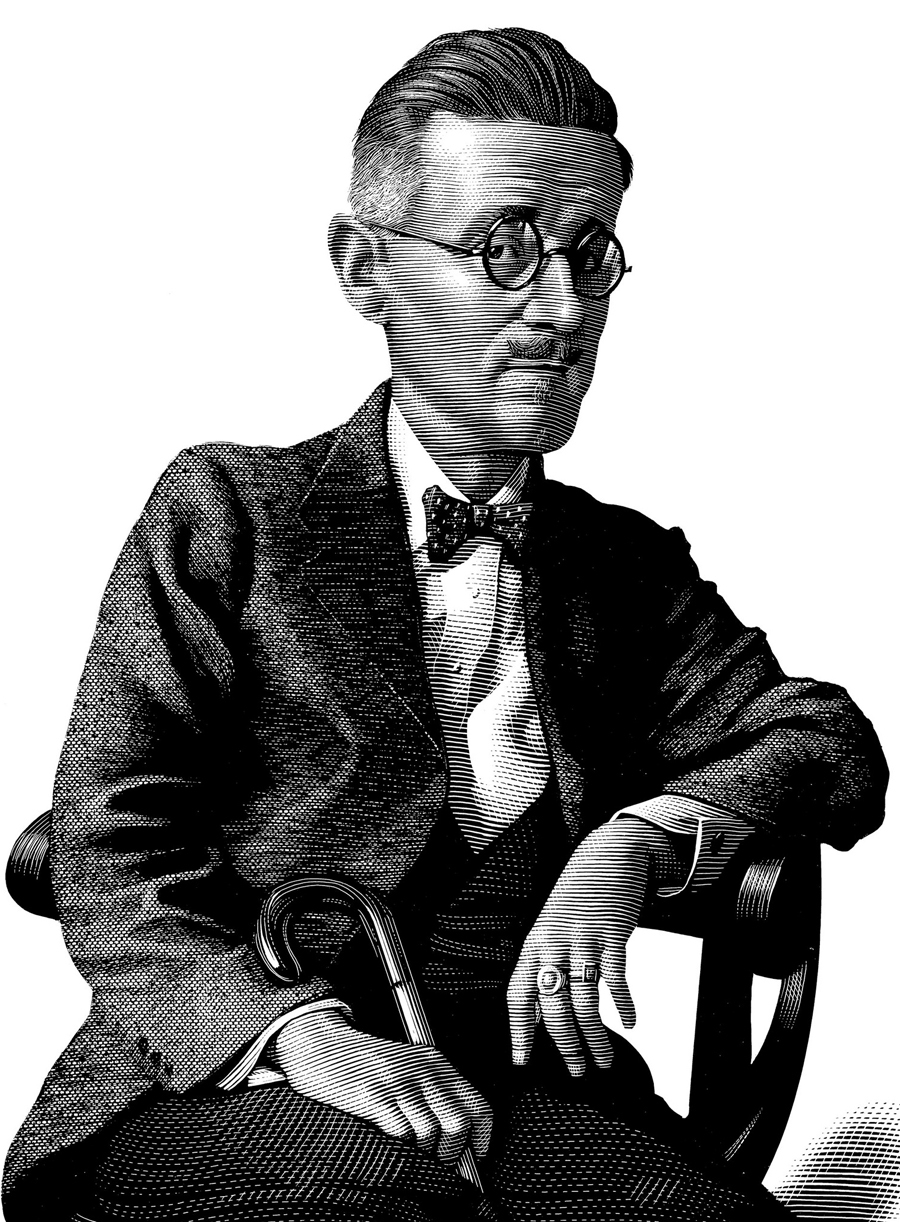
James Joyce. Scratchboard portrait by Mark Summers, whose work you will recognize from Barnes & Noble shopping bags, among other places.
Lamb House
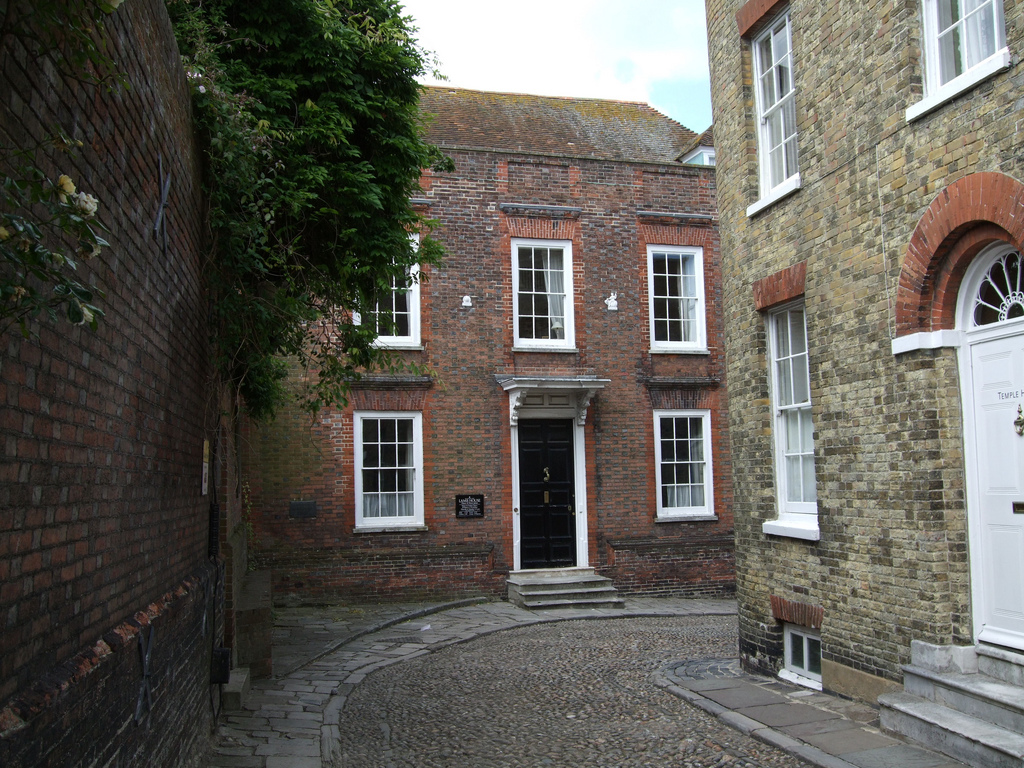
Lamb House was the home of Henry James from 1897, when he was 55, until his death in 1916. Below, the residence as it appeared in the late 1930s or early 1940s. To the left of the house, at the end of the high wall, is the garden room where in summer James did most of his writing. The garden room was destroyed by a bomb in August 1940.
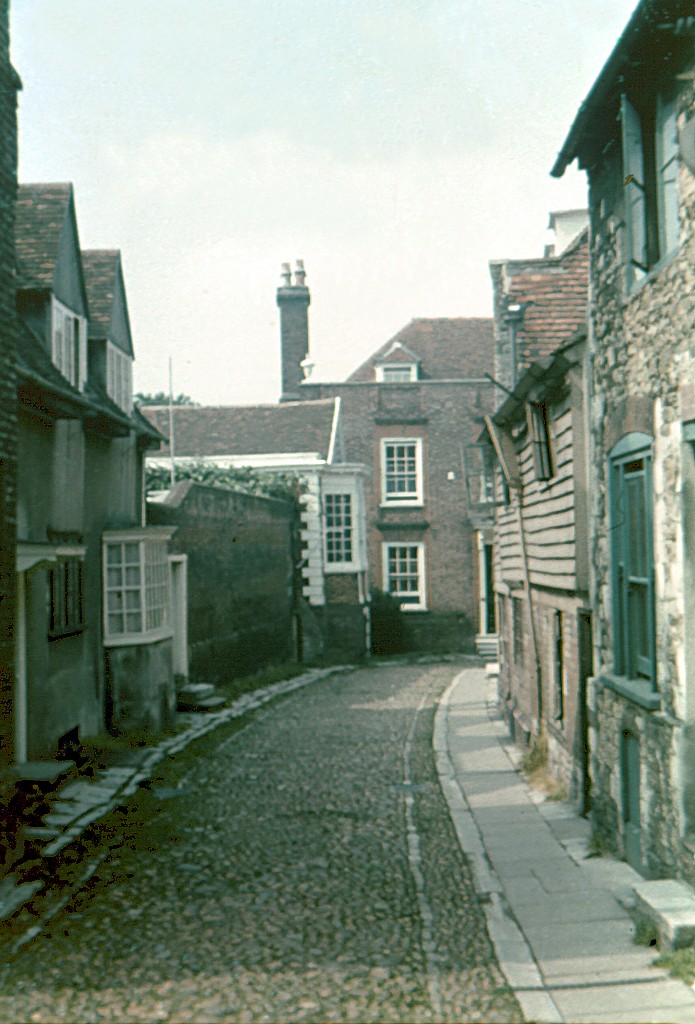
Look here for more about Lamb House from Colm Toibin, whose portrait of Henry James, The Master, beautifully evokes James’s life at Lamb House. If you read The Master — and you should — you will want to know what Lamb House looks like.
Photos: Jim Linwood, doveson2008, both via Flickr.
The Master
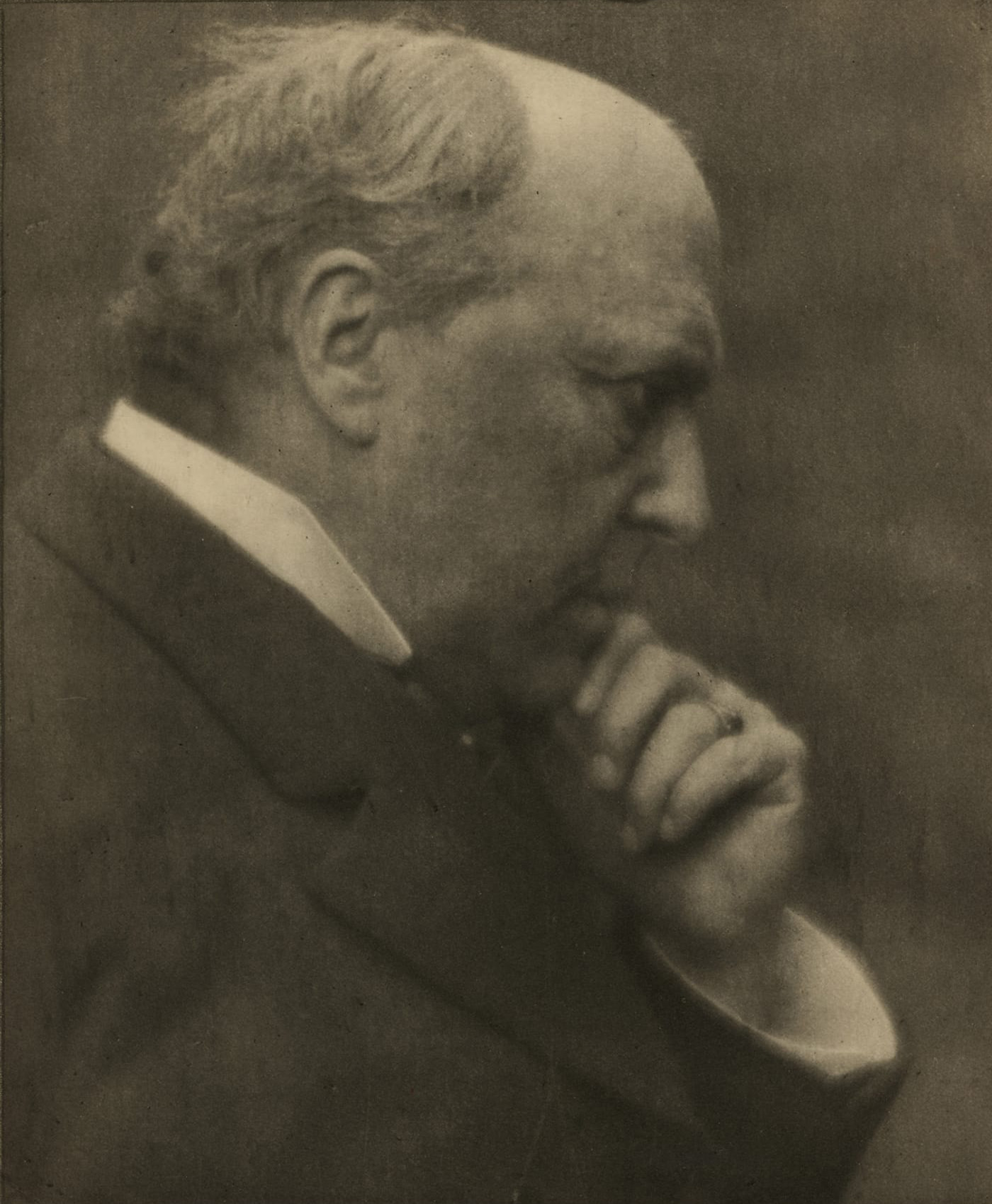
Henry James, age 63
Rye, England, 1906
Photogravure by Alvin Langdon Coburn, 1882-1966
Public Writer, Private Writer
Preparations continue for this winter’s publication of Defending Jacob. The cover art is locked in (sneak preview soon). Yesterday I spent six hours being photographed on Boston street corners in various brooding writerly poses. This morning comes news that the book has sold in China, making it the rare product that we export to them. (Hang on, America, just a few more books and I’ll get this darn trade deficit turned around.)
But the strangest bit, to me, is that I will soon go off on a “pre-publication tour.” In September and October, I will visit regional trade shows for independent booksellers in New England, Chicago, Detroit, Minneapolis, southern California (Long Beach) and northern California (San Francisco). I am delighted to do this, of course. Author tours, pre- or post-publication, are rare today. Not penny-on-the-sidewalk rare — unicorn rare. So I’m very grateful to my publisher for putting increasingly scarce resources behind my book.
At the same time, I can’t help thinking that I am a hell of a lot less interesting in person than I am in my books. In person, I am a perfectly pleasant guy, I suppose, but no author can replicate the intensity and intimacy of a good reading experience. Most authors I’ve met? Meh, the book was better. That’s the nature of reading, which requires the reader to conjure the author’s voice out of squiggles on the page. Inevitably the voice you, the reader, create in your head has a special quality. It seems to come from inside you, it seems to originate in your own thoughts. A good book hijacks the inner voice that burbles constantly in every reader’s head. That’s what makes the medium so powerful: the story takes place inside the reader’s consciousness. No wonder the author’s voice seems so familiar and authoritative.
The author’s voice is not my real, conversational voice, of course. When you read my books, you hear only my most articulate, well-crafted sentences. My best and most refined self. That’s what good writing is. The rest — the clumsy phrases, the not-quite-right words or metaphors, all the inarticulate flubs that characterize ordinary speech — is edited out. Even my realistic dialogue is not quite real, the quotation marks notwithstanding. It is shaped, polished, crafted, improved. Every stammer and stumble is calculated for its precise effect. It is the way you would talk if you had a writer scripting your life. (How great would that be?)
Surely readers know all this, but they crave the writer’s personal presence anyway. They want to meet the awkward, bashful, inarticulate writer behind the exalted, hyper-articulate authorial voice they’ve heard in their heads. That’s why there are bookstore readings and author tours and Oprah (well, there used to be Oprah).
[Read more…] about Public Writer, Private WriterHemingway, 1916
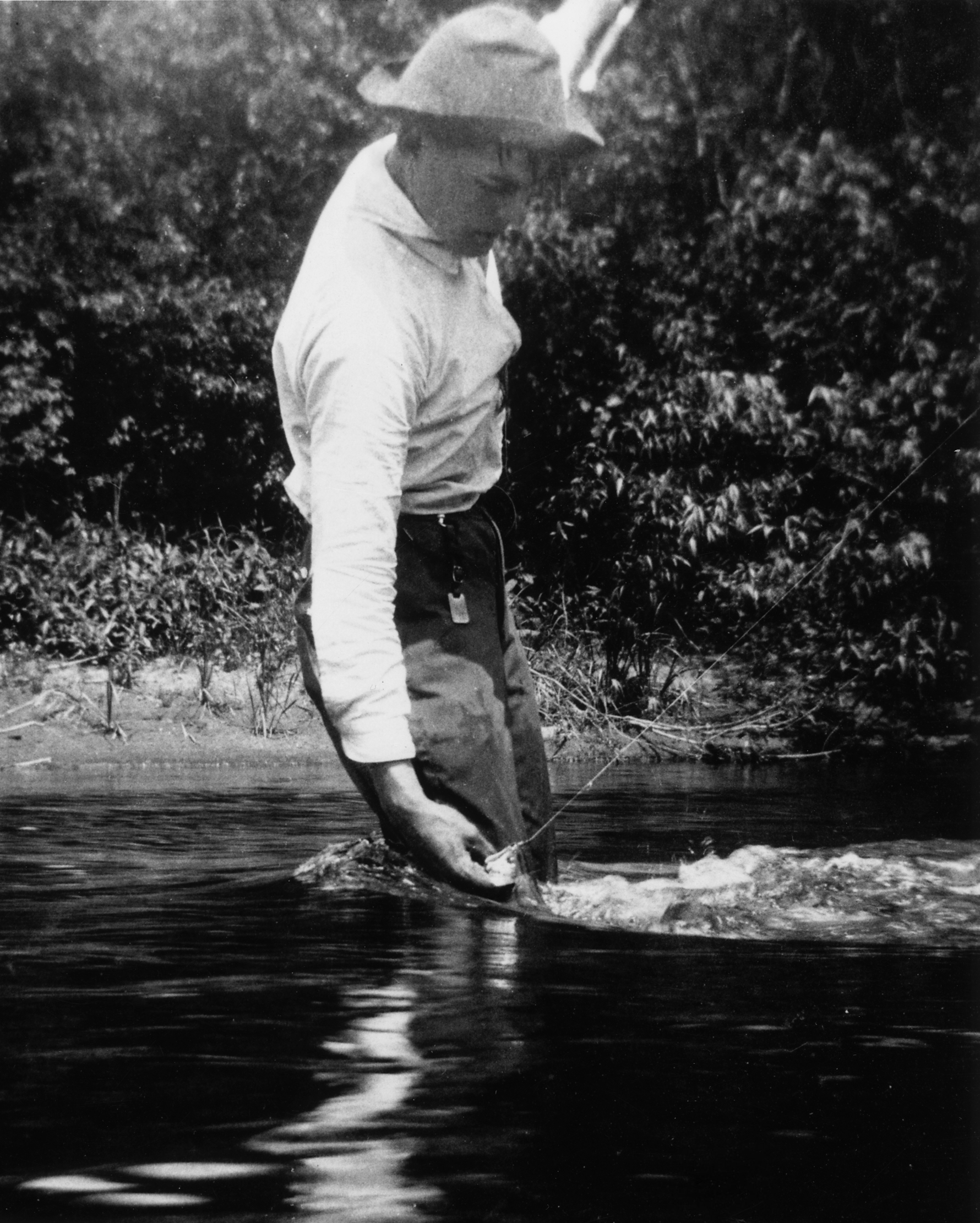
Ernest Hemingway, age 17, fishing at Walloon Lake, Michigan (1916). Below, another photo of Hemingway apparently from the same trip. Today is Hemingway’s 112th birthday. (Sources: Wikimedia Commons, JFK Library.)
Hemingway, 1923
Ernest Hemingway’s 1923 passport (detail). Hemingway is 24 years old. (Source: JFK Library, via.)
